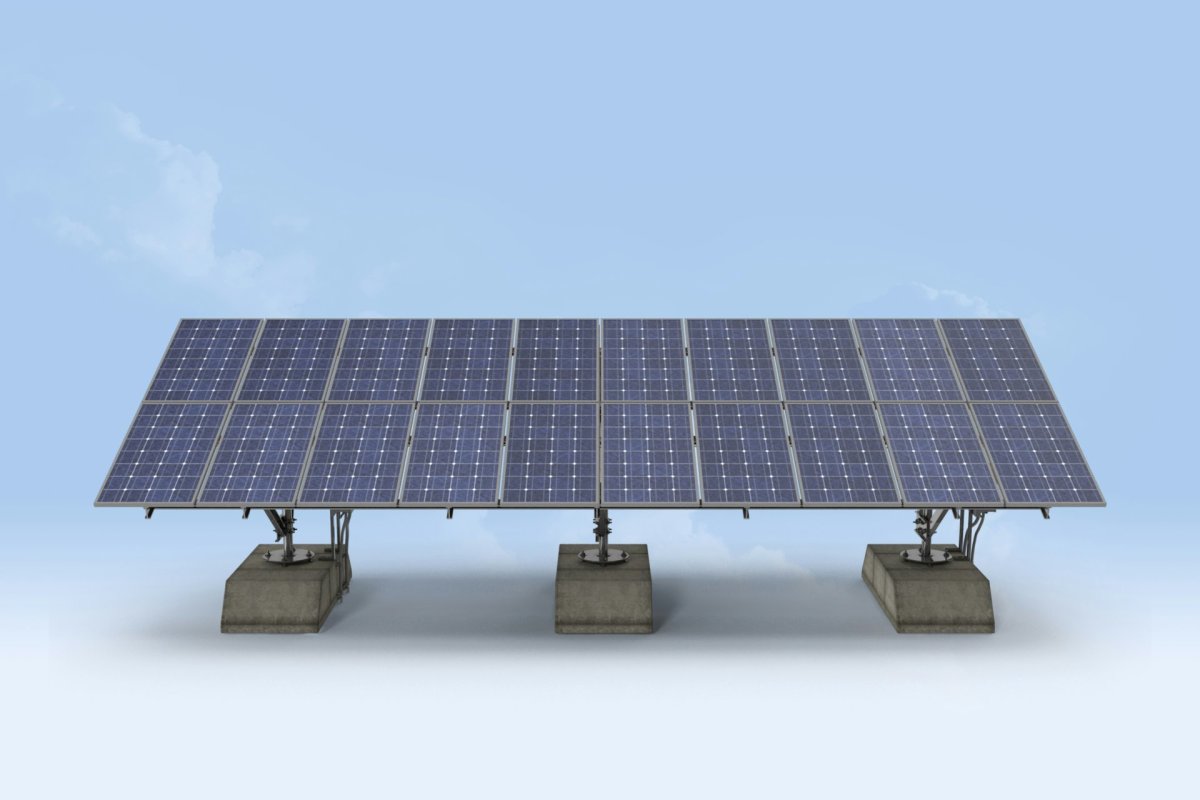I'm planning out 3 rows of panels on my roof, adjusting twice a year. I've tried doing the trigonometry to figure everything out, but I'm getting confused. I'm not normally someone who likes to be spoon fed information, but I'm stumped here. All of these angles are throwing me off and I'm not sure if the angles are based on the sun's angle or the horizon for some of these calcs. To add to the confusion, all of the info I have found is for ground mounting and I'm mounting on a sloped roof.
I used this site for my math:
The panels are 65" in length and my coordinates are 33.16, -97.76 and my roof slope is 14 degrees.
So what I did was take my winter angle of 33.41 degrees on December 21 and subtracted my roof angle, which gave me my new angle of 19.41 degrees.
Using this information I got a height difference of 22" which gives me a module row spacing of about 64". Finally I account for the difference in azimuth angle of 43 degrees and I end up with a minimum module spacing of about 47".
I've done the math, but it doesn't seem right. With all of the confusion going on between my wife (the math teacher) and me I think we messed something up.
Will someone who actually knows what they are doing PLEASE take a look at this and check if it's correct? I think I've given enough information to plug the numbers in and figure out what the correct winter angle and minimum panel spacing should be.
I used this site for my math:
The panels are 65" in length and my coordinates are 33.16, -97.76 and my roof slope is 14 degrees.
So what I did was take my winter angle of 33.41 degrees on December 21 and subtracted my roof angle, which gave me my new angle of 19.41 degrees.
Using this information I got a height difference of 22" which gives me a module row spacing of about 64". Finally I account for the difference in azimuth angle of 43 degrees and I end up with a minimum module spacing of about 47".
I've done the math, but it doesn't seem right. With all of the confusion going on between my wife (the math teacher) and me I think we messed something up.
Will someone who actually knows what they are doing PLEASE take a look at this and check if it's correct? I think I've given enough information to plug the numbers in and figure out what the correct winter angle and minimum panel spacing should be.

Comment